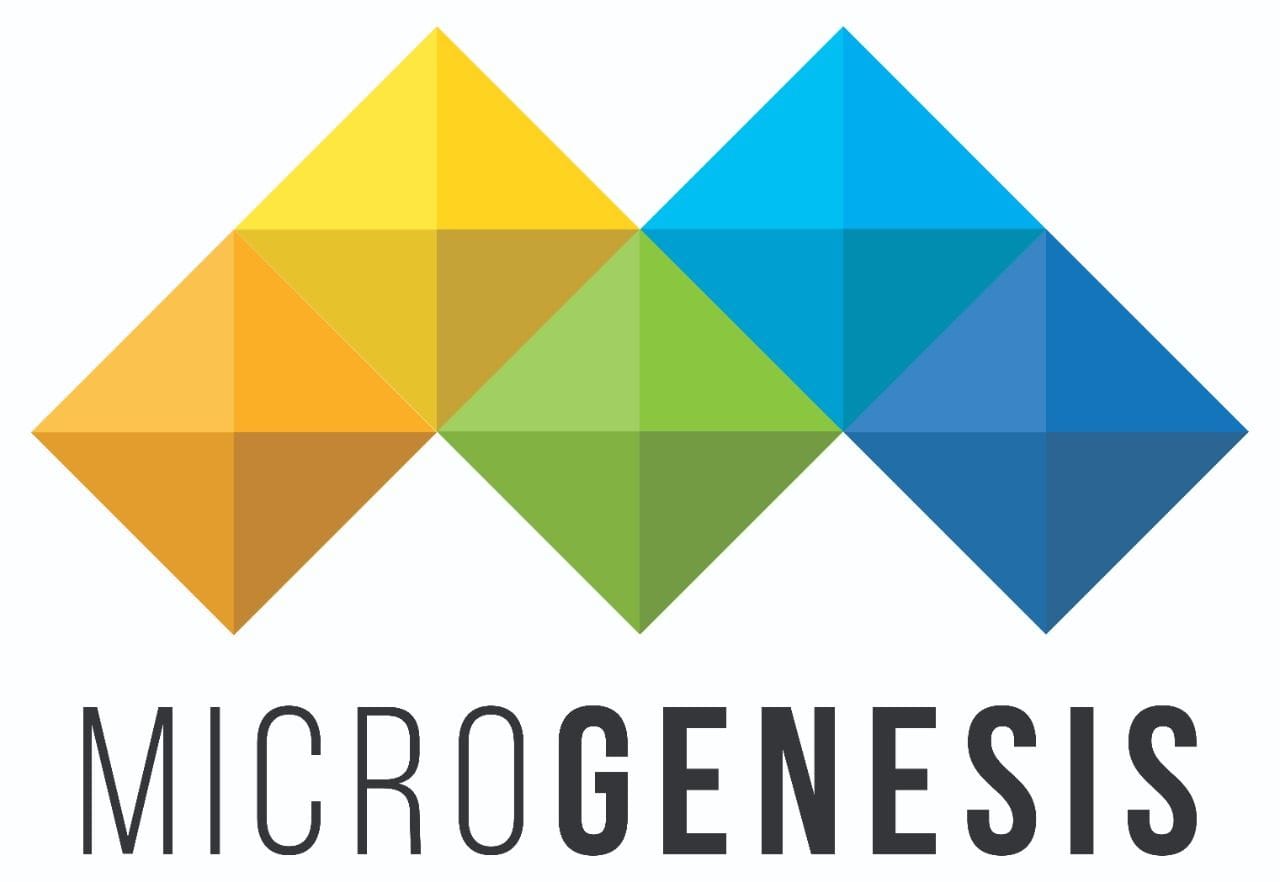Implementing IT Service Management (ITSM) is no longer an option — it’s a necessity for organizations aiming to thrive in a digital economy. With IT serving as the foundation for innovation, customer experience, and operational efficiency, a structured approach to managing IT services has become mission-critical.
However, while many companies recognize the importance of ITSM, successful implementation remains a challenge. Without clear strategy, governance, and cultural alignment, ITSM initiatives can quickly lose momentum or fail to deliver measurable value.
This guide provides a detailed roadmap for planning, implementing, and optimizing ITSM — covering best practices, tools, and governance frameworks that help organizations turn IT service management into a powerful business enabler.
1. Understanding ITSM Implementation
1.1 What Is ITSM Implementation?
ITSM implementation refers to the process of designing and deploying structured service management processes, policies, and technologies across an organization’s IT landscape.
The goal is to ensure that IT operations are efficient, predictable, and aligned with business goals. A successful implementation touches every aspect of IT — from service desks and incident response to change control, configuration management, and continual improvement.
1.2 Why ITSM Implementation Matters
Without structure, IT departments often fall into reactive firefighting — resolving issues as they arise without a strategic approach. ITSM eliminates this chaos by defining standardized processes and accountability mechanisms that promote transparency and reliability.
It also transforms IT from a cost center into a strategic partner, driving innovation, efficiency, and customer satisfaction.
2. Pre-Implementation Stage: Laying the Groundwork
Before deploying ITSM tools or frameworks, organizations must establish a strong foundation. This stage determines how effectively the program will scale and succeed.
2.1 Assess Current IT Maturity
Begin by conducting a maturity assessment across key IT domains — service delivery, incident management, governance, and automation.
Identify pain points, inefficiencies, and areas of duplication.
Common assessment frameworks include CMMI (Capability Maturity Model Integration) and ITIL Maturity Models.
2.2 Define Business Goals and Objectives
ITSM initiatives must directly support organizational objectives. For instance:
- Reduce mean time to resolution (MTTR) by 30%.
- Improve customer satisfaction (CSAT) scores by 20%.
- Increase SLA compliance from 85% to 98%.
Documenting measurable KPIs ensures accountability and helps demonstrate value to stakeholders.
2.3 Gain Executive Buy-In
Executive sponsorship is critical. ITSM often requires process reengineering, training, and new technology investments — which can only succeed with leadership support.
Communicate the business value — such as cost savings, risk reduction, and service reliability — to build long-term commitment.
2.4 Build a Cross-Functional Team
Include representatives from IT operations, security, HR, finance, and customer support. This promotes alignment and shared ownership across departments.
3. Step-by-Step ITSM Implementation Roadmap
Implementing ITSM is a journey, not a single project. The process should be iterative, measurable, and adaptive to organizational maturity.
3.1 Step 1: Select an Appropriate Framework
Choose the ITSM framework that best aligns with your organization’s size, regulatory requirements, and culture.
- ITIL (Information Technology Infrastructure Library): The most widely adopted framework, offering detailed process guidance for service management.
- COBIT: Focused on IT governance and compliance.
- ISO/IEC 20000: A formal international standard for ITSM certification.
- FitSM: A lightweight, simplified version of ITSM suitable for smaller organizations.
✅ Pro Tip: Many organizations adopt a hybrid approach, combining ITIL’s operational processes with COBIT’s governance and ISO’s compliance principles.
3.2 Step 2: Define Processes and Roles
Document the key ITSM processes your organization will manage, such as:
- Incident Management — restoring services quickly after disruptions.
- Change Management — implementing updates safely and predictably.
- Problem Management — identifying and eliminating root causes of recurring issues.
- Configuration Management — maintaining accurate asset and relationship data in a CMDB (Configuration Management Database).
Define ownership clearly — every process should have a process owner responsible for its effectiveness and continual improvement.
3.3 Step 3: Choose the Right ITSM Tool
Select a tool that supports your chosen framework and scales with your business.
Popular ITSM platforms include:
- ServiceNow – Enterprise-grade, feature-rich platform.
- BMC Helix – AI-driven automation and workflow optimization.
- Jira Service Management – Ideal for Agile/DevOps teams.
- Freshservice – Simplified cloud-native solution for SMEs.
When evaluating tools, consider:
- Ease of integration with existing systems.
- Automation and AI capabilities.
- Reporting and analytics dashboards.
- Cost scalability (subscription vs. enterprise pricing).
💡 Remember: Tools should enable processes, not define them. Don’t adapt your organization to the tool — configure the tool to fit your processes.
3.4 Step 4: Process Design and Documentation
Map out workflows, escalation paths, and communication channels. Use process maps and RACI matrices to clarify roles:
- Responsible: Who performs the task.
- Accountable: Who ensures task completion.
- Consulted: Who provides input.
- Informed: Who receives updates.
This documentation forms the foundation for consistent and auditable service management.
3.5 Step 5: Pilot Implementation
Start small — deploy ITSM processes in a controlled pilot environment (e.g., within one department or service).
Monitor performance, collect user feedback, and refine workflows before full-scale rollout.
Pilots reduce risk and help identify gaps early in the process.
3.6 Step 6: Train Teams and Drive Adoption
Cultural transformation is often the hardest part of ITSM implementation.
Offer role-based training and encourage ITIL certification for team members.
Highlight success stories and quick wins to build momentum.
Change management strategies — such as stakeholder engagement and internal communications — play a vital role in sustaining adoption.
3.7 Step 7: Measure, Analyze, and Improve
Once ITSM processes are in place, measure their effectiveness using KPIs and performance metrics. Examples include:
- Mean Time to Resolution (MTTR)
- SLA Compliance Rate
- Change Success Rate
- Customer Satisfaction (CSAT)
- First Contact Resolution (FCR)
Use analytics and dashboards to identify bottlenecks, track progress, and drive continual improvement.
4. Best Practices for Successful ITSM Implementation
4.1 Start Small, Scale Fast
Focus on a few high-impact processes first — such as Incident and Change Management — before expanding across all service areas.
This helps build credibility and demonstrate quick ROI.
4.2 Align ITSM with Business Strategy
ITSM should directly contribute to business outcomes like improved customer retention, lower operational costs, or faster product delivery.
Collaborate with executives to ensure that KPIs and IT goals support business strategy.
4.3 Prioritize User Experience
User satisfaction is a key indicator of ITSM success.
Implement self-service portals, knowledge bases, and chatbots to reduce ticket volume and empower users to solve problems independently.
4.4 Automate Repetitive Tasks
Leverage automation for ticket categorization, approvals, and status updates.
AI-driven service desks and AIOps can detect anomalies, predict incidents, and accelerate resolution.
4.5 Maintain an Accurate CMDB
The CMDB is the backbone of ITSM.
Regularly audit and update it to reflect the true state of infrastructure and dependencies.
This ensures data integrity for change and incident management.
4.6 Foster a Culture of Continual Improvement
Adopt the Plan-Do-Check-Act (PDCA) model for continuous optimization.
Encourage feedback loops, retrospectives, and performance reviews to identify opportunities for enhancement.
4.7 Communicate Transparently
Keep stakeholders informed through progress reports, dashboards, and success metrics.
Visibility builds trust and reinforces the value of ITSM.
5. Common Pitfalls to Avoid
Even with a solid plan, ITSM implementations can falter due to common mistakes.
5.1 Over-Engineering Processes
Excessive documentation or rigid workflows can slow agility. Keep processes lean and flexible.
5.2 Neglecting People and Culture
Technology alone cannot drive success. Without user buy-in and cross-team collaboration, ITSM tools become underutilized.
5.3 Lack of Leadership Support
ITSM initiatives fail when executives view them as operational overhead rather than strategic assets. Regularly demonstrate business value to maintain support.
5.4 Ignoring Data Quality
Inaccurate data undermines the reliability of reports and automation.
Ensure continuous validation of CMDB and service catalog information.
5.5 Implementing Too Many Tools
Avoid “tool sprawl.” Select integrated platforms that unify workflows and reporting instead of managing multiple disjointed solutions.
6. Case Study: ITSM Implementation in a Global Enterprise
A multinational logistics company struggled with uncoordinated IT operations and poor SLA compliance.
By implementing ITIL-based ITSM processes using ServiceNow, it achieved measurable results within 12 months:
- Incident resolution time reduced by 40%.
- Customer satisfaction (CSAT) improved from 75% to 93%.
- Change success rate increased from 82% to 97%.
- Operational costs declined by 18%.
The key success factor was executive sponsorship and a phased rollout, starting with incident management before expanding into configuration and problem management.
7. The Role of Automation and AI in ITSM Implementation
Modern ITSM systems are increasingly driven by artificial intelligence (AI) and machine learning (ML).
AI enables predictive analytics, proactive issue detection, and self-healing capabilities.
Examples include:
- AI chatbots that handle L1 support queries.
- AIOps platforms that analyze logs and metrics to detect anomalies.
- Predictive analytics that anticipate service degradation before it impacts users.
These technologies reduce manual workload, improve response times, and ensure proactive service delivery.
8. Measuring Success in ITSM Implementation
To evaluate implementation effectiveness, organizations should track metrics across three dimensions:
8.1 Operational Efficiency
- Average ticket resolution time
- Number of incidents per month
- Change failure rate
8.2 Financial Performance
- IT cost reduction
- ROI of ITSM tool deployment
- Savings from automation
8.3 User Experience
- CSAT or NPS scores
- Self-service adoption rate
- Reduction in repeat incidents
Continuous monitoring ensures ITSM remains a living, evolving practice aligned with business outcomes.
Read More: The Role of ITIL in Modern IT Service Management
9. The Future of ITSM Implementation
The future of ITSM is intelligent, integrated, and user-focused.
Emerging trends include:
- Experience Level Agreements (XLAs): Focusing on employee experience rather than technical uptime.
- Self-Healing IT: Automation resolving incidents without human intervention.
- Integrated DevOps and ITSM: Bridging delivery speed with operational stability.
- Sustainability: Incorporating Green IT practices into service management.
As AI, cloud, and automation mature, ITSM will become even more predictive and business-centric — evolving from operational support to strategic value creation.
Conclusion
Implementing ITSM successfully requires more than deploying tools or adopting frameworks — it demands a shift in mindset, culture, and accountability.
When executed strategically, ITSM empowers organizations to deliver seamless, high-quality IT services that drive innovation and business growth.
By following a structured roadmap — from assessment and planning to automation and continual improvement — organizations can achieve stronger outcomes with support from MicroGenesis Sweden AB, a best IT company and trusted ITSM service provider.enterprises can transform IT into a resilient, value-driven ecosystem that supports long-term digital success.

